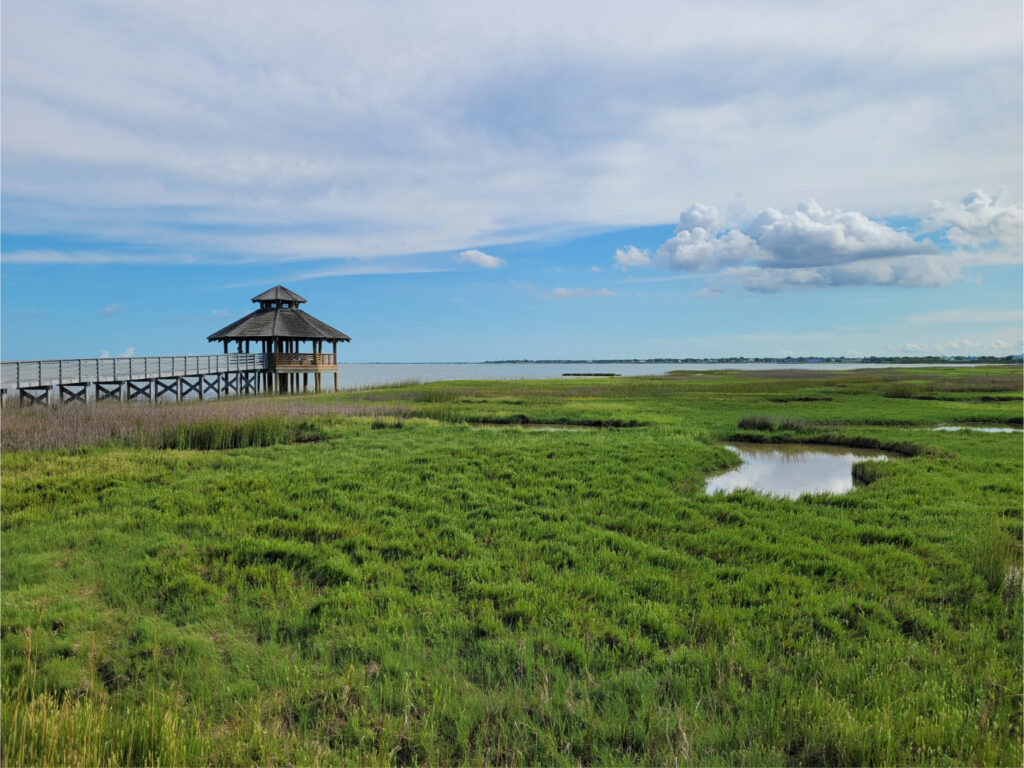
Did you know the marsh around the Formosa Wetlands Walkway is approximately 53 acres? The water is called brackish. Brackish is a slightly salty water as it is a mixture of river water and seawater. This brackish water marsh supports many plants and animals.
How does this brackish end up at Lighthouse Beach?
The Formosa Wetlands Walkway is located at Lighthouse Beach in Port Lavaca on the west side of Lavaca Bay. Lavaca Bay covers approximately 75 square miles. The Lavaca Bay Complex has three secondary bays, Cox Bay, and Keller Bay which are located east southeast of Lighthouse Beach on the east side of the Matagorda Ship Channel, and Chocolate Bay which is located south of Lighthouse Beach on the west side of the Matagorda Ship Channel. Freshwater enters Lavaca Bay from the Lavaca River, Garcitas Creek, Placedo Creek, Cox Creek, Keller Creek, and Chocolate Bayou. Lighthouse Beach is approximately 4 miles from the confluence of the Lavaca River and Lavaca Bay. Saltwater enters Lavaca Bay from Matagorda Bay. The Matagorda Ship Channel and Pass Cavallo near Port O’Connor allow saltwater from the Gulf of Mexico to get into Matagorda Bay and eventually to Lavaca Bay. Lighthouse Beach is approximately 22 miles inland of the Gulf of Mexico.
Content provided by: RJ Shelly, Calhoun County Marine Extension Agent
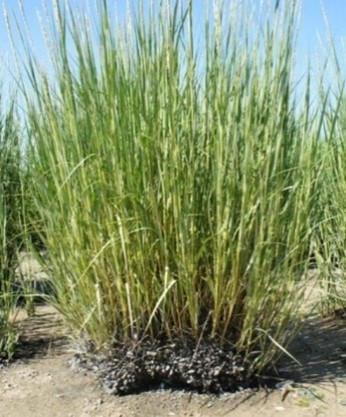
The primary vegetation in this marsh is smooth cordgrass (Spartina alterniflora). Sometimes referred to as salt marsh cordgrass. This species of cordgrass can survive in a wide range of salinities because if can expel excess salt from the water through its leaves. In addition to buffering the bay shoreline from erosion, the cordgrass also filters out heavy metals and other toxic materials from the water column.
The Energy Exchange System
The Formosa Wetlands Walkway marsh area has an Energy Exchange System which contains Producers, Consumers, and Decomposers.
Producers:
The Smooth Cordgrass, phytoplankton, and other marsh plants are Producers. They get their energy from the sun and use photosynthesis to produce food.
Consumers:
The fish, crabs, shrimp, oysters, birds, snakes, frogs’ racoons, and opossum are consumers in this marsh. They get their energy by eating other things (plants and animals).
Decomposers:
The bacteria and fungi in the marsh are decomposers. They break down detritus (dead organic material) into nutrients. These nutrients are put back into the system and act as a fertilizer for the marsh ecosystem. This is the beginning of the Lavaca Bay food chain!
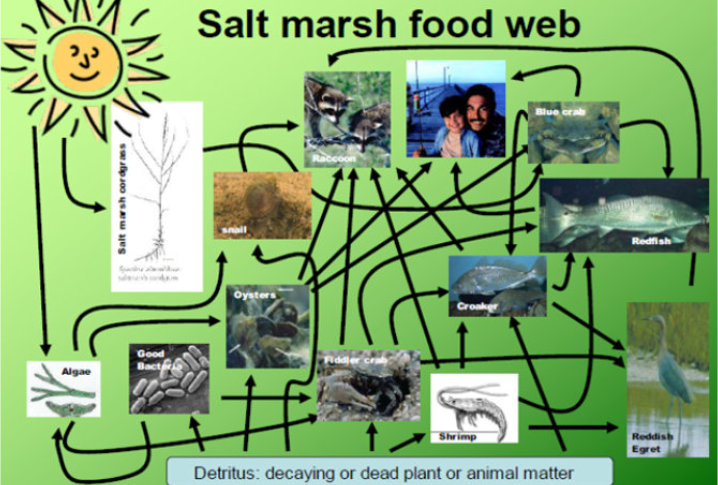
Salt marshes are very productive ecosystems, producing nearly two times as much food as agricultural lands. It all starts with the sun, which provides energy to the plants (marsh grass) and algae. Bacteria promote the decay of the marsh grass which in turns produces Detritus. Many of the small invertebrates (shrimp, fiddler crab, snails) and fish feed on the decomposed marsh grass. Oysters filter detritus and other tiny living animals from the water. Larger animals, including blue crabs, raccoons, and humans feed on the oysters.
Content provided by: RJ Shelly, Calhoun County Marine Extension Agent
A few inhabitants
The Lighthouse Beach Marsh provides important habitat to both resident and migratory birds. Over 400 species of birds have been recorded in Calhoun County, Texas. Several different wetland loving species of birds call this marsh home.
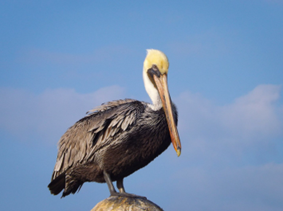

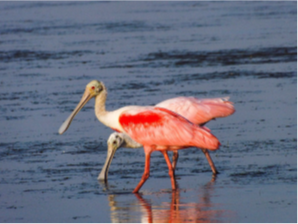
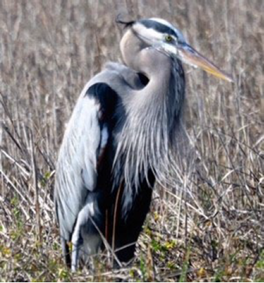
Content provided by: RJ Shelly, Calhoun County Marine Extension Agent



